Co-written by Nataleigh Noble and Halle Newman
Every week, students at Burlington High School (BHS) from all socioeconomic backgrounds line up together for burrito day on Thursday and for the famous stir fry served every Friday in the cafeteria. Regardless of income, over 50 percent of these students depend on school meals for their daily nutrition.
A study by Hunger Free Vermont reports that 36,423 Vermont children live in households with incomes that qualify them for the National School Lunch Program (the NSLP), a federally funded program that supplies low-cost and no-cost lunches to students. As of September 2017, 504 of the 1029 students enrolled in BHS were able to receive no cost lunch through this program.
Rosie Kreuger, United States Department of Agriculture (USDA) Foods Consultant of Child Nutrition Programs at the Vermont Agency of Education, says that the federal government is strict about when this program can be in effect in schools.
“The federal government has specifically said that [government sponsored] meals are not to be offered when school is not in session,” Krueger said. “The National School Lunch Program and school breakfast program, which are how most of the kids [at BHS] are getting meals during the school day, require that the meal be served as part of an instructional day.”
Only during unexpected school stoppages, such as the recent Burlington teacher strike, and over breaks longer than 15 days, are meals funded by the government. Therefore, during summer vacation, meals are provided in Burlington schools, neighborhoods, and at the Fletcher Free Library. About fifty thousand meals reached students this past summer.
“Anytime school isn’t in session it becomes a hardship for people who rely upon food as a resource to be offered during school,” Josh Edelbaum, the social worker at BHS, said.
During breaks that are less than 15 days long, about 48.9% of the student body at BHS is put in a difficult place due to the stoppage of the NSLP and other programs that fund food.
“During break[s] through school, there’s really nothing available, unfortunately,” Doug Davis, the Food Service Director of the Burlington School Food Project said in regards to breaks under fifteen days long.
Access to free meals is a priority of the Burlington School Food Project, a branch of the Burlington School District that works to ensure the food students receive is healthy, free, and accessible.
The upcoming Thanksgiving Break is challenging to the population of students living in food-insecure homes: homes that lack access to healthy and affordable food.
“Our department advocates every year that we be open Monday and Tuesday of Thanksgiving week, just for the reason that families are low on resources during that week and they’re entering into a very expensive time of year, between Thanksgiving and the holidays,” Davis said. “Also as the weather starts to turn, we’re looking at peoples’ heating expenses increasing as well.”
Sara Holbrook Community Center and King Street Center are local organizations with afterschool programs that serve food to students. However, they are closed during multiple breaks, including Thanksgiving break, and only serve food to members of their organization. An application or registration process is required to become a member.
“I’m really not sure what families do,” Kathy Fleury, Associate Director at Sara Holbrook Community Center said in regards to how members of the organization obtain food over breaks. “I think it’s extra tough for them during those times.”
Davis says that as the district schedules school vacations, the predicament of families who live on fixed incomes should be taken heavily into account.
“Every school vacation we have falls at the end of the month,” Davis said. “Families that are on fixed incomes have less money at the end of the month. That is just the way it is.”
He proposed that moving February and April breaks, which do not cover any holidays, to weeks earlier in the month, would better accommodate the needs of local families.
Both Davis and Kreuger agree that serving meals in Burlington Schools over breaks would be challenging, but possible.
“We have to figure out a way to get the meals the kids want to the kids that need them in a situation and in a socially respectful way so that they can come access them,” Davis said.
The meals themselves are not the obstacle in making food accessible to students.
Davis says transporting meals to students in the community is not practical during the school year. This is partly because of a lack of funding for the distribution of thousands of meals to the community, but other factors such as weather and food appeal play a part as well.
“[We have an] inability to produce hot meals there in cold weather,” Davis said. “Bag lunches are fine, but kids aren’t going to be coming down lining up for them.”
During the BSD work stoppage in September, many students went hungry even though the BSD delivered meals to several neighborhoods like they did during the summertime. The several hundred meals consumed by students in those four days of the strike is a small number in comparison to the twenty thousand meals that should have been eaten if schools had been open. About 5000 meals are served daily districtwide when school is in session.
Davis says the best way to go about changing how students access food over break is reinvisioning the purpose of Burlington Schools.
“I think we need to look at schools as community centers, not as solely 180 day schooling,” Davis said. “Until kids and families see this building as a place to be during a nonstudent time, it’s going to be hard to reach kids with meals in this building during a nonstudent time.”
However, this nonstudent time must conform to certain regulations.
“The feeding can only occur if there’s that afterschool program or enrichment activity happening at the same time.” Krueger said. “Because they’re offering that educational activity, then they can feed the kids under that program and claim the federal reimbursement. It’s all about money.”
Krueger also says that the program at school must be open to all participants, and occur somewhat regularly.
“It’s gonna have to be a little more than just an open gym,” Davis said. “There would have to be something to bring kids in.”
Davis says this type of model could be successful at BHS if it was implemented publically: having set programs or activities for all students along with appropriate adult supervision. However, this is much easier said than done.
“There are a lot of logistics: how does that get staffed? Where’s the supervision? What parts of the building are open? What’s our custodial staff expectancy?” Edelbaum said.“Is this whole district willing, not just Burlington High School, but Central Office and the school district willing to pay more to have staff available?”
The BSD and other community resources are able to provide emergency help to families in need.
“All we have to do is be made aware that there are families in need and we’re able to support them with food or the staples they need to get through a break or a weekend,” Davis said.
Edelbaum collected $500 in donations from BHS faculty and staff to give BHS families gift cards to Hannafords over Thanksgiving break.
“10% of our student body’s families will receive some kind of food-related support from just BHS donations,” Edelbaum said. “Still, it’s hit or miss. There’s lots of families we don’t know about,” Edelbaum said.
The National Honors Society (NHS) is running its second annual turkey fundraiser, partnering with Hannafords to supply many BHS families with Thanksgiving foods. Last year, they were able to provide 30 bags of food to families by Edelbaum. This year, 50 bags were requested.
The Chittenden Emergency Food Shelf, an organization that provides food services to about 11,000 people each year, helps to feed many Burlington families through their various programs.
“We’re trying to find ways to get food out into the community to help people,”Anna McMahon, Community Engagement Manager at Chittenden Emergency Food Shelf said.
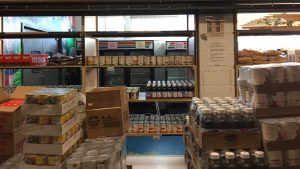
Three meals a week are delivered to 146 different households in Chittenden County through their homebound-delivery program. Fresh produce and bread are available daily at the Food Shelf, and families are able to collect larger amounts of groceries about twice a month depending on their housing situation and family size.
“If people really need some food, we’re not going to turn them away.” McMahon said.
BHS has its own mini food shelf in the office which holds staple items such as cereal and peanut butter for students to take home. It is stocked by both students and faculty.
Sara Holbrook also has a food pantry.
Rebecca Mitchell, Child Nutrition Initiatives Specialist from Hunger Free Vermont, recommends using Vermont 211, a database full of resources with information ranging from when and where the next community meal will be held to the location of the nearest food shelf.
“We need to recognize that there’s need and we have to fill it.” Davis said. “Kids should not be hungry. It’s 2017. It’s mind blowing.”

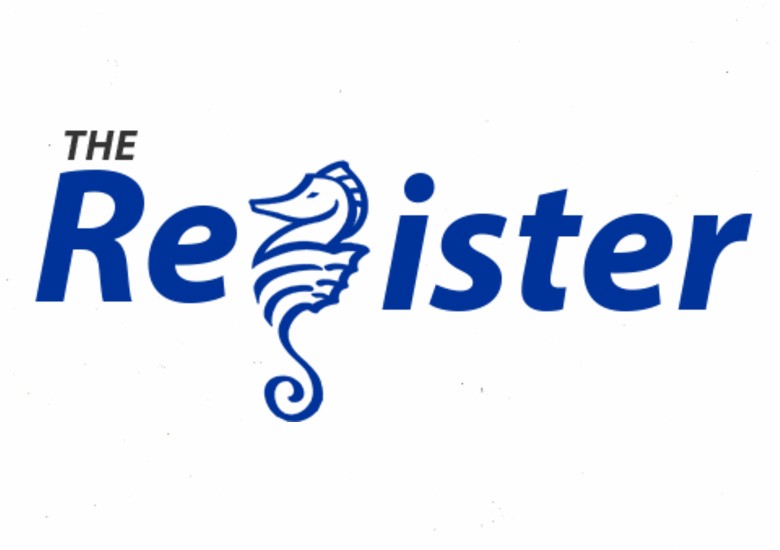
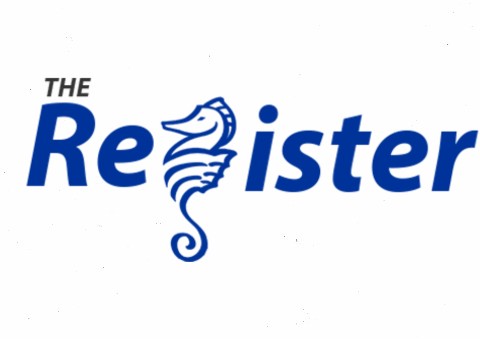

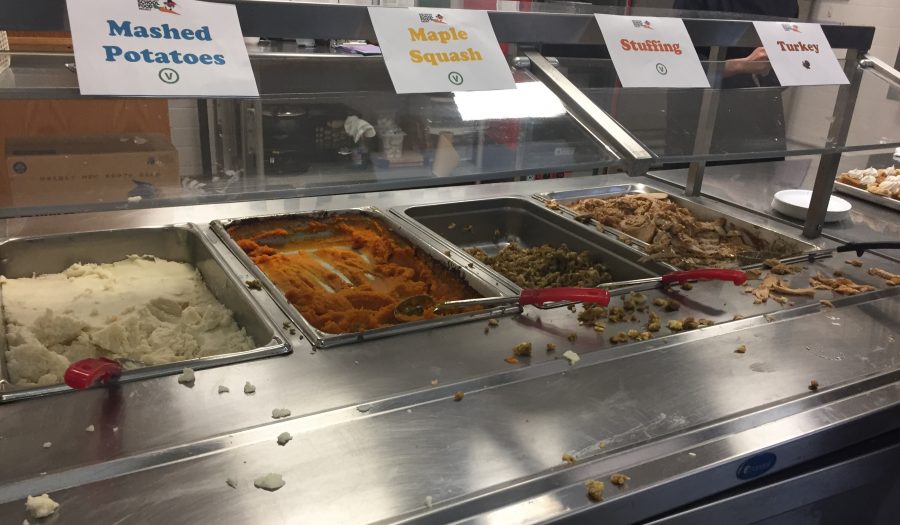


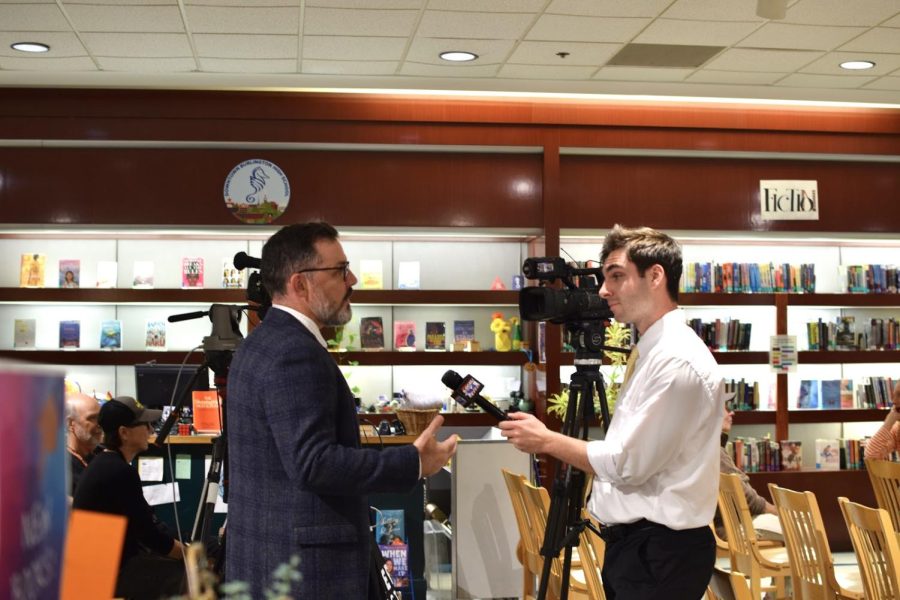

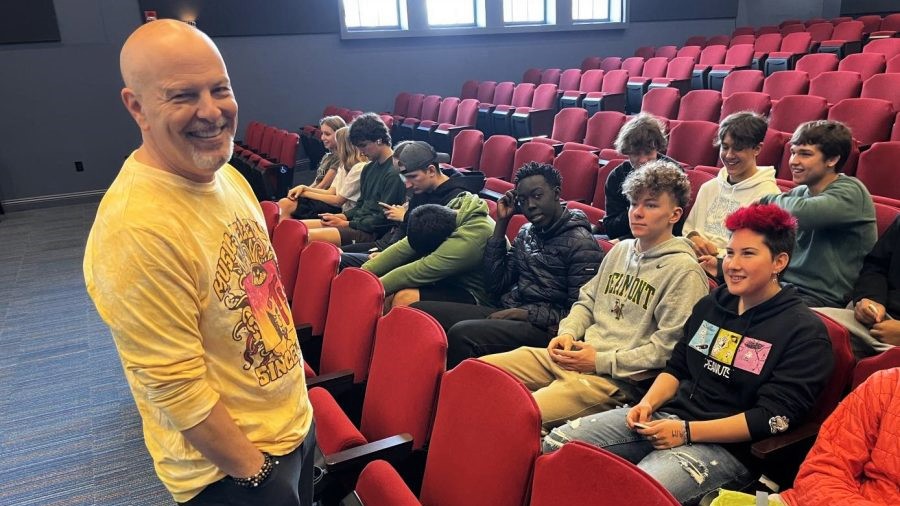


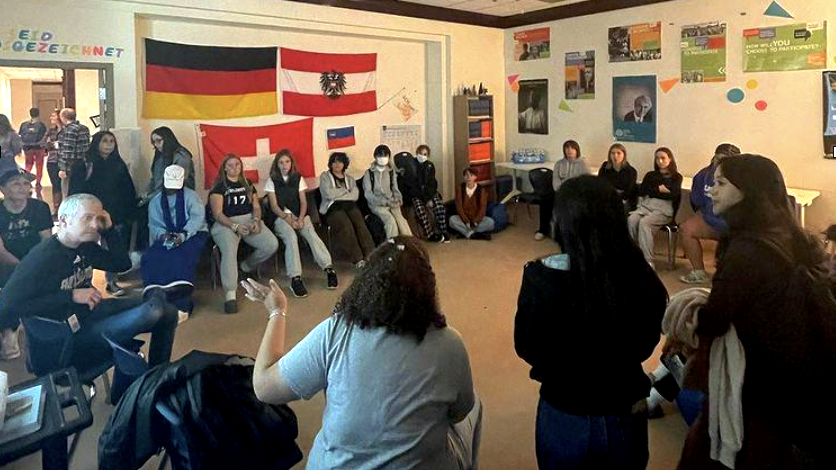
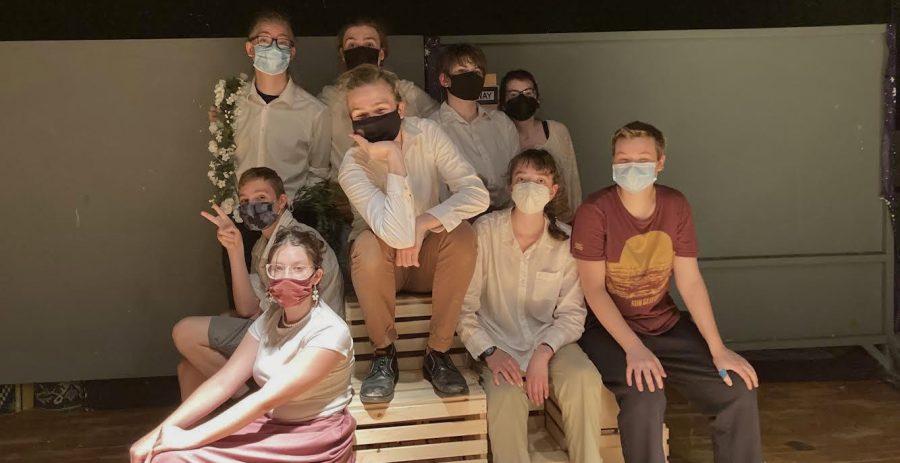


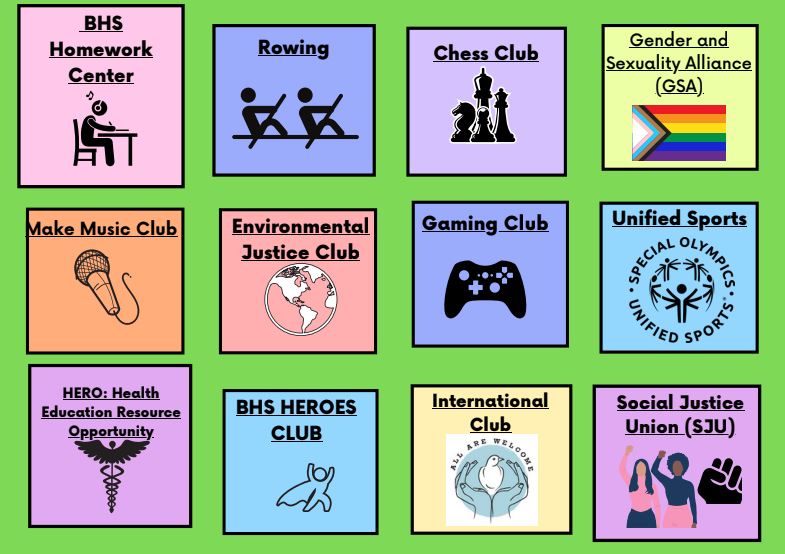





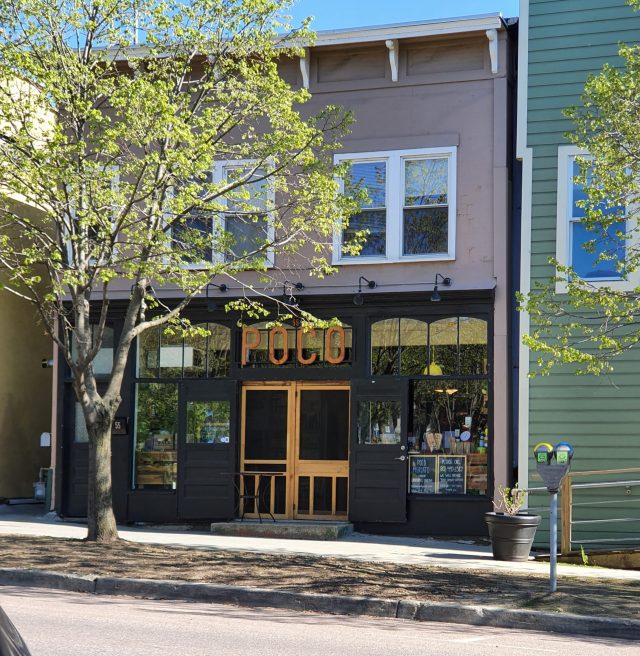

N comstock • Nov 21, 2017 at 1:47 pm
Hi Nataleigh – thank you for getting back to me – I’m not sure where to start!! Lots to say.
The food shelve has once again met their goal as they have every year past so that’s not a worry.
I’m really concerned that too much of our education tax dollars are being used for social services and not education. You know the very old expression “teach a person to fish….? It appears we aren’t teaching to fish we’re just handing out fish to whom ever says “I want”. And also gift cards. Really?
I don’t understand your rationale about stigma and inconvience. I’ve been inconvienced to have to work for the past 45 years of my life. And now on a fixed income I feel very stigmatized for speaking out about how my tax dollars are being spent. There is plenty of work available in our city and doing for one’s self is going to be a lot better for a family’s self esteem than waiting for hand outs. I think we should both agree on that.
I would love to discuss in person if you can be available. We are cooking turkey for some of our friends on Thursday please feel free to join us if you are in need of a good meal.
Thank you,
Nancy Comstock.
Nancy • Nov 20, 2017 at 12:19 pm
I’m confused. You said students won’t have food available over Thanksgiving break. Don’t they have access to the 3500+ turkeys and all the fixings that the citizens of Burlington just donated?
Nataleigh Noble • Nov 21, 2017 at 12:49 pm
Hi Nancy,
Food won’t be available to students through school, which is how many students access meals during most of the year. It’s true that Burlington has some great resources for families and students to access nutrition through, but that won’t account for everyone. Oftentimes, people perceive there to be a stigma around going to places like food shelves or community meals. Other complications, like transportation or schedules can stop a person from accessing food. Also, schools do not know every student that needs help with meals, which means that those students will not receive extra help from their schools, such as the gift cards.
The reason it’s so much easier to get food to students during school is because they are already there. Students don’t have to go out of their way to access food if they are already at the place it’s served. There is no stigma attached to getting a school meal. Other students cannot tell if someone qualifies for free or reduced lunch.
Hopefully, the Chittenden Emergency Food Shelf will be able to reach its goal of of 3,500 turkeys, but they aren’t there yet.